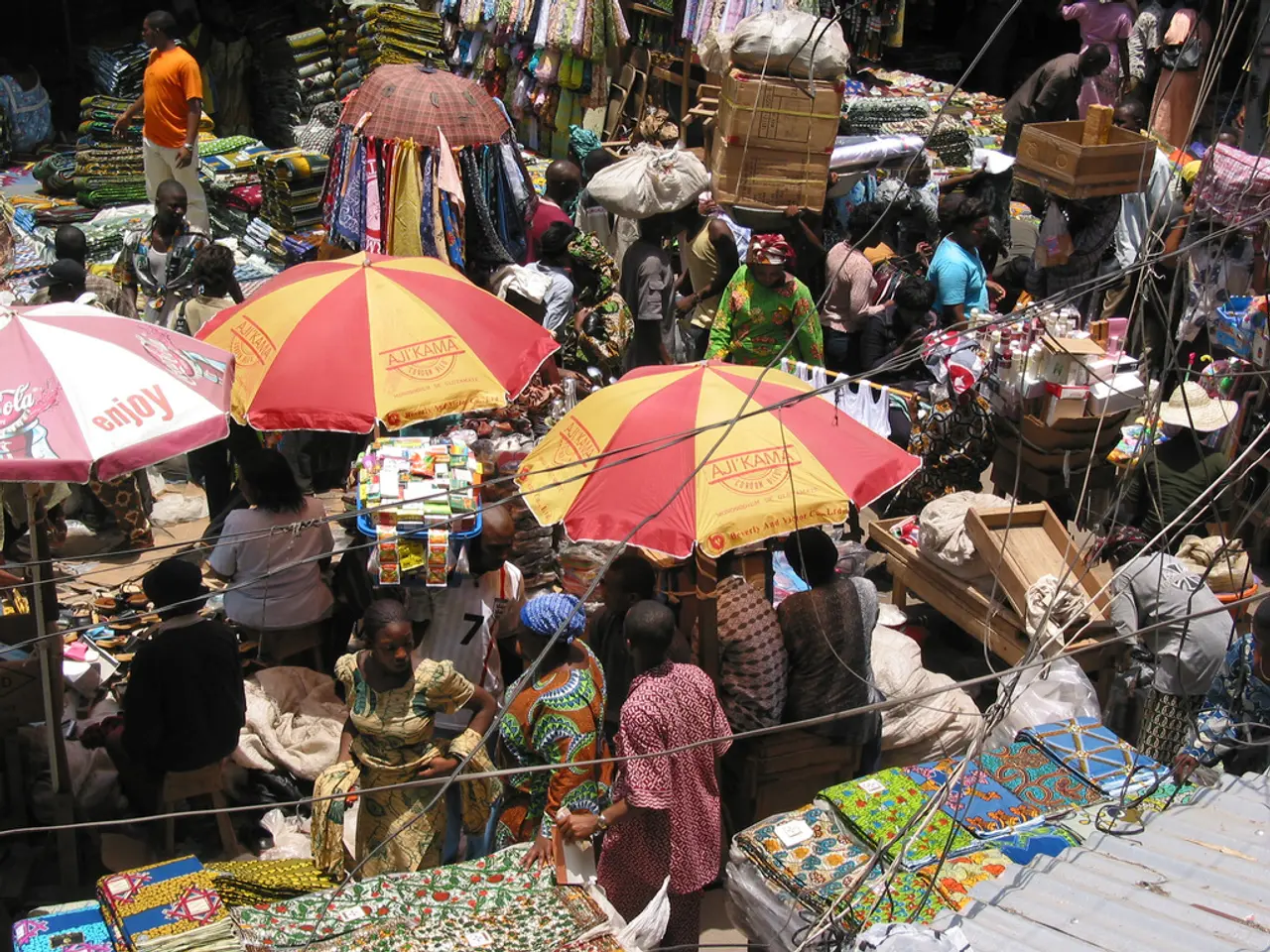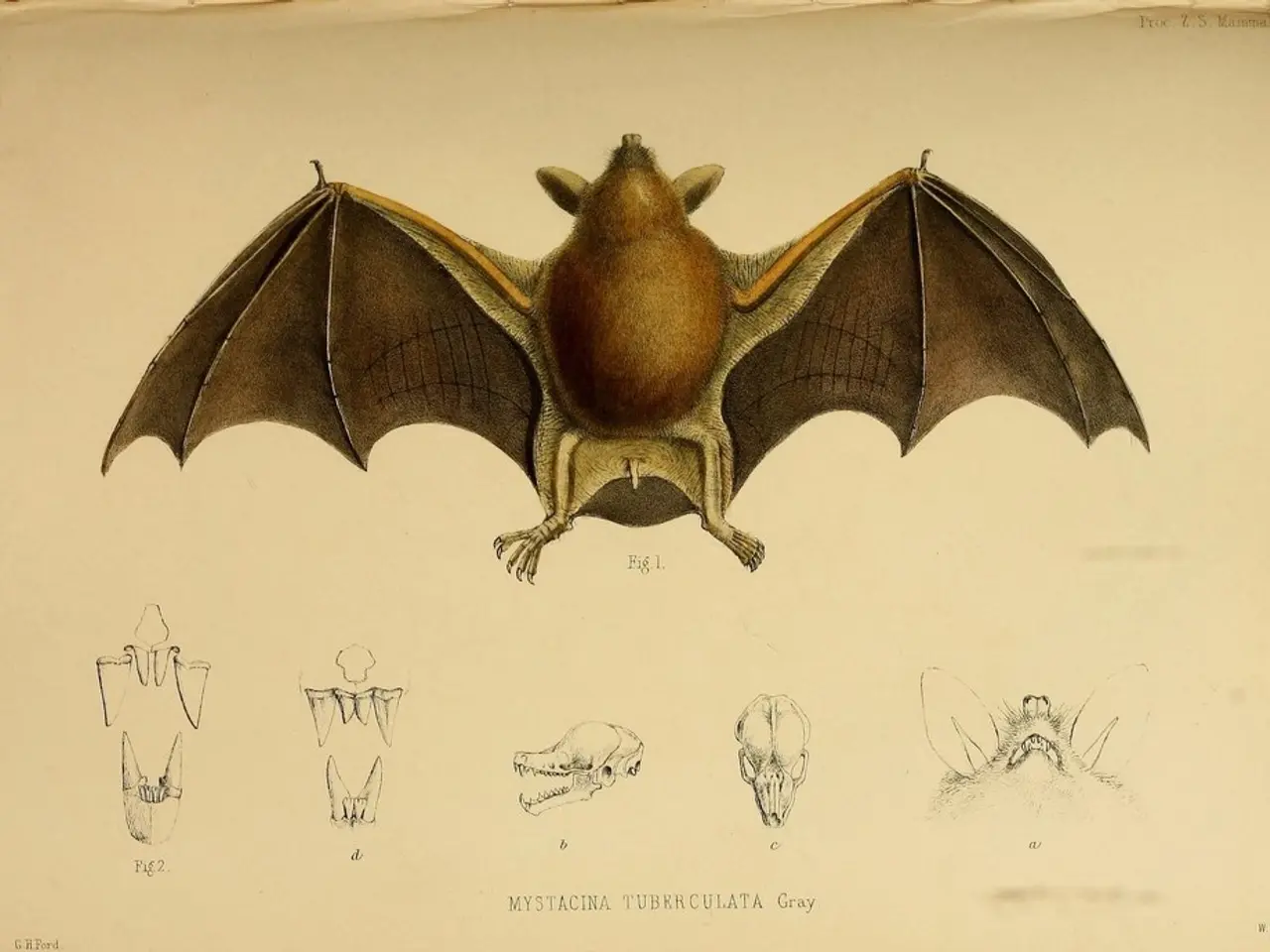African nations poised for hydrogen production using green technology
Africa is positioning itself as a potential powerhouse in the global green hydrogen market, with four countries – Egypt, Morocco, Namibia, and Ethiopia – showing significant promise due to their vast renewable energy resources.
Namibia's Ambitious Green Hydrogen Plans
Namibia aims to be a leading player in sub-Saharan Africa's green hydrogen sector, targeting the production of 1.3 million tonnes per year of renewable ammonia and 2 million tonnes per year of hydrogen-based direct reduced iron by 2030. The government supports this endeavour through financial incentives, special economic zones, and infrastructure development, while encouraging local manufacturing of hydrogen sector components.
Namibia plans to generate 143 GWh of electricity from renewable hydrogen and develop contracts with international partners to make projects bankable, particularly for exports to markets such as the EU, Japan, and South Korea.
Egypt's Emerging Green Hydrogen Prospects
Egypt boasts abundant solar and wind resources, making it a promising candidate for green hydrogen production. While progress is underway, improved investment and policy support are needed to scale production. Egypt is strategically located for export to Europe and Asia, positioning it well in the global market.
Morocco's Solar and Wind Potential
Morocco benefits from high solar and wind potential, making it well-suited for green hydrogen production as part of its renewable energy transition. Morocco's initiatives generally focus on leveraging renewables to produce green hydrogen for both domestic use and export.
Ethiopia's Hydropower Advantage
Ethiopia's potential lies in its vast renewable energy capacity, especially hydropower, which can supply green electricity for hydrogen production. Ethiopia has begun exploring hydrogen projects aligned with its broader clean energy goals.
Green Hydrogen Production and Seawater Desalination
In all four countries, green hydrogen production may require the usage of seawater desalination facilities, which has a limited impact on the levelised cost of hydrogen.
The International Solar Alliance's Green Hydrogen Study
The International Solar Alliance (ISA) has conducted a study titled Readiness Assessment of Green Hydrogen in African Countries on these four countries, highlighting their potential and identifying areas for improvement.
Green Hydrogen Projects in Morocco and Namibia
Morocco and Namibia have announced green hydrogen projects that are expected to partially meet the demand for electrolysers within their respective countries.
Rising Demand for Green Hydrogen in the EU
The demand for green hydrogen is expected to rise in the EU due to stringent emission reduction policies such as the Carbon Border Adjustment Mechanism (CBAM). This increasing demand presents new opportunities for these African countries.
Focus on Renewable Energy in All Four Countries
All four countries are taking initiatives to increase the share of renewable energy in their electricity generation mix. Morocco, in particular, is shifting its focus towards renewable energy and is well positioned to enhance the integration of renewables and green hydrogen into its energy mix, creating new export revenue opportunities.
In conclusion, while Namibia leads with explicit production targets and government-backed frameworks, Egypt, Morocco, and Ethiopia hold strong potential grounded in their renewable resources and strategic export opportunities. The green hydrogen sector in Africa is gaining attention as a source to supply Europe and Asia, with international support and investors increasingly involved. However, challenges remain, including securing offtake agreements and addressing environmental and social concerns, but these countries are key candidates for positioning Africa in global clean energy markets.
[1] International Renewable Energy Agency (IRENA) [2] International Energy Agency (IEA) [3] International Solar Alliance (ISA)
- Namibia's green hydrogen plans involve producing 1.3 million tonnes of renewable ammonia and 2 million tonnes of hydrogen-based direct reduced iron by 2030, backed by financial incentives and encouragement for local manufacturing.
- Egypt, with abundant solar and wind resources, is a promising candidate for green hydrogen production, though improved investment and policy support is necessary to scale production and position Egypt well in the global market.
- Morocco is well-suited for green hydrogen production due to its high solar and wind potential, with initiatives focusing on leveraging renewables to produce green hydrogen domestically and for export.
- Ethiopia's potential for green hydrogen production lies in its vast renewable energy capacity, especially hydropower, which can support hydrogen projects aligned with its clean energy goals.
- In all four countries, seawater desalination facilities may be employed for green hydrogen production, which has a limited impact on the levelized cost of hydrogen.
- The International Solar Alliance (ISA) has conducted a study highlighting the potential of these four countries in the green hydrogen market, identifying areas for improvement, and presenting new opportunities for these African nations as Europe and Asia experience rising demand for green hydrogen.




